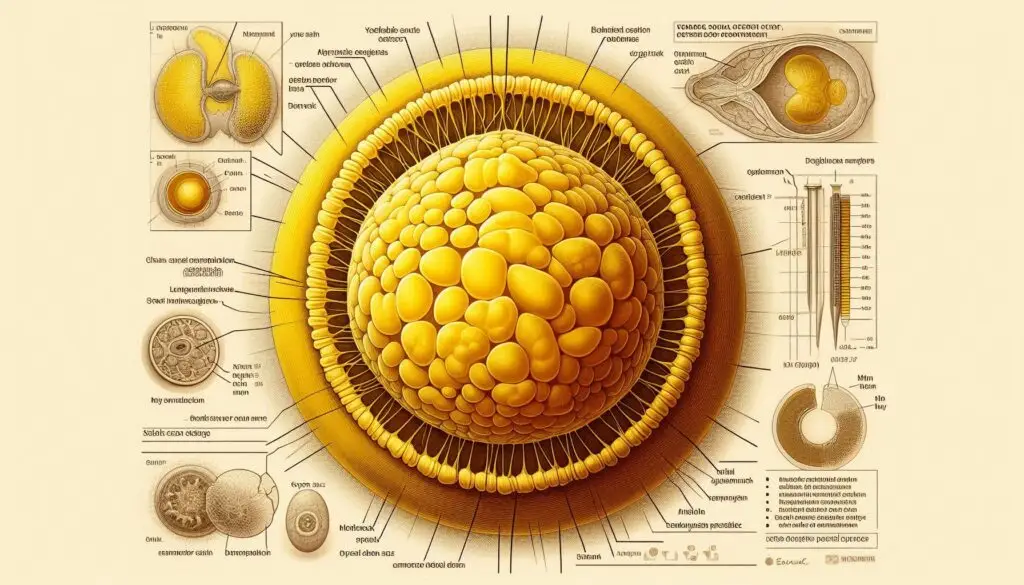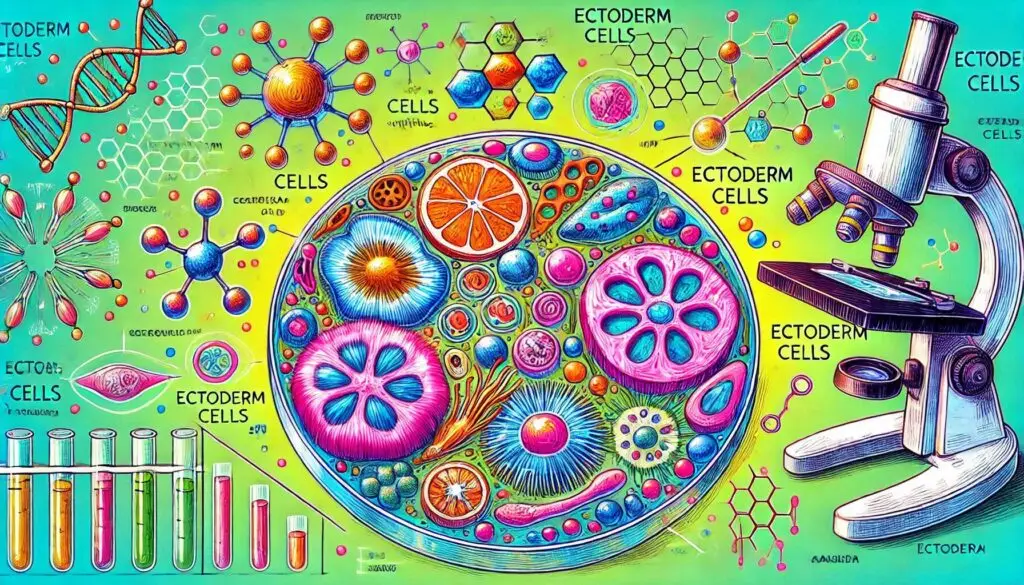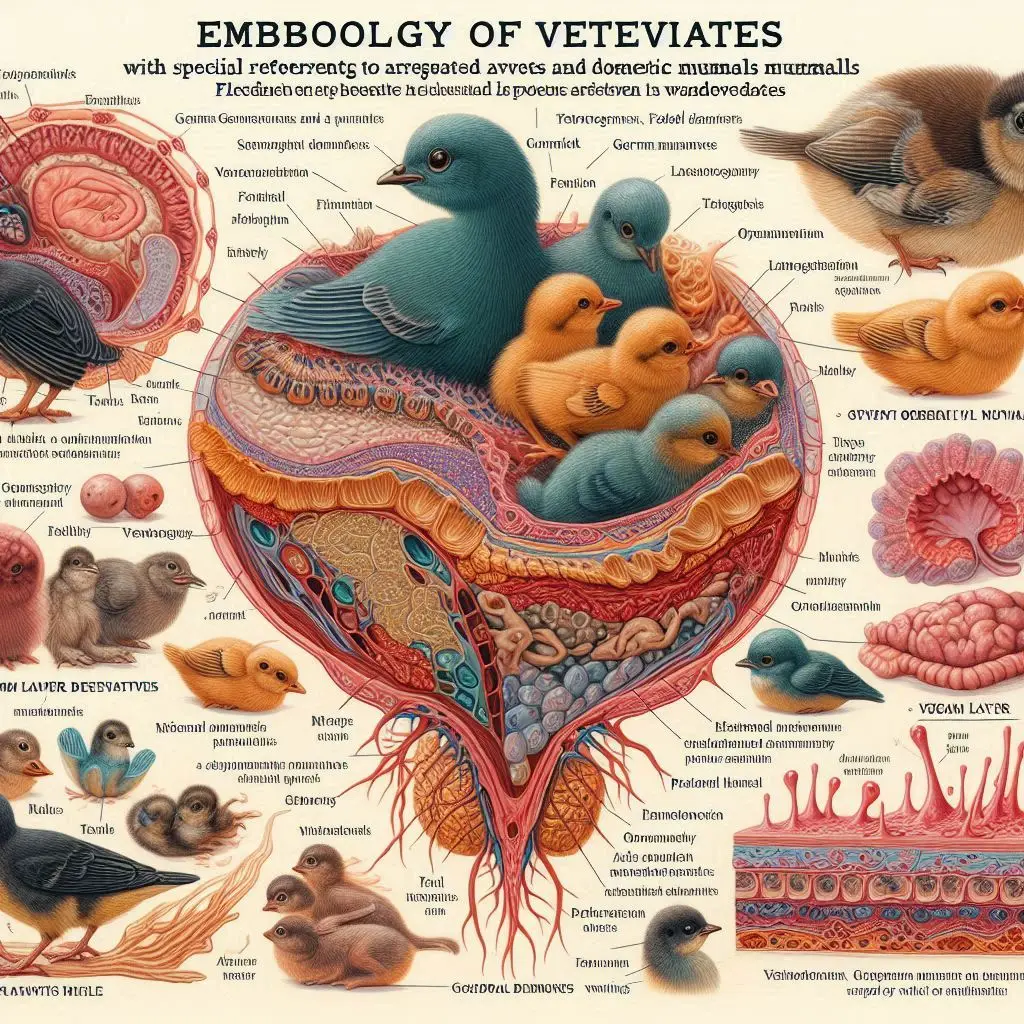Fertilization and Embryonic Development

Introduction
Fertilization is a critical event in reproductive biology. It marks the beginning of embryonic development, where a sperm cell from the male merges with an egg cell (ovum) from the female. This union results in the formation of a zygote, which is the first cell of a new organism. Understanding this process is essential for grasping how life begins.
What is Fertilization?
Fertilization involves several stages. It starts when sperm travels through the female reproductive tract to reach the egg. The journey is complex and requires precise timing. The sperm must penetrate the egg’s protective layers to achieve fertilization.
The Sperm’s Journey
- Ejaculation: Millions of sperm are released into the vagina.
- Navigation: Sperm swim through the cervix and into the uterus.
- Timing: The egg is available for fertilization for about 12 to 24 hours after ovulation.
Egg Structure
The egg has protective layers that must be penetrated by sperm. These layers include:
- Zona Pellucida: A glycoprotein layer that surrounds the egg.
- Cumulus Oophorus: A cluster of cells that nourish the egg.
The Process of Fertilization
Fertilization occurs when a sperm cell successfully penetrates these layers. This process can be broken down into several steps:
1. Sperm Activation
Before fertilization, sperm undergo capacitation. This process enhances their motility and prepares them for penetration.
2. Penetration
Once a sperm reaches the egg, it releases enzymes that help it penetrate the zona pellucida.
3. Fusion of Gametes
Upon successful penetration, the membranes of the sperm and egg fuse. This fusion allows genetic material from both parents to combine.
4. Formation of Zygote
The fusion results in a diploid zygote containing 46 chromosomes—23 from each parent.
Post-Fertilization Development
After fertilization, several critical processes occur as the zygote develops into an embryo.
Cleavage Stage
The zygote begins to divide through mitosis as it travels down the fallopian tube. This division leads to:
- Formation of a multicellular structure called a blastocyst.
- Occurs within about seven days post-fertilization.
Implantation
The blastocyst implants itself into the uterine lining, marking the start of pregnancy.
Embryonic Development Stages
Once implanted, embryonic development progresses through various stages:
1. Gastrulation
This process establishes three germ layers:
- Ectoderm: Forms skin and nervous system.
- Mesoderm: Develops muscles, bones, and circulatory system.
- Endoderm: Creates internal organs like lungs and liver.
2. Organogenesis
Most organs begin to form between 21 and 57 days post-fertilization. This stage is crucial for proper organ development.
Factors Affecting Fertilization and Development
Several factors can influence fertilization and subsequent embryonic development:
Genetic Factors
Genetic compatibility between parents plays a significant role in successful fertilization.
Environmental Factors
Conditions such as temperature, pH levels, and hormonal balance can affect fertilization rates.
Health Factors
The health of both parents impacts fertility and embryonic development outcomes.
Common Issues in Fertilization
Despite its complexity, fertilization can face challenges:
Infertility Issues
Infertility affects many couples due to various factors like hormonal imbalances or structural issues in reproductive organs (source).
Genetic Disorders
Some genetic disorders may arise from chromosomal abnormalities during fertilization (source).
Conclusion
Understanding fertilization and embryonic development provides insight into how life begins. It highlights the intricate processes involved in creating new organisms.
More from Veterinary Anatomy:






Responses